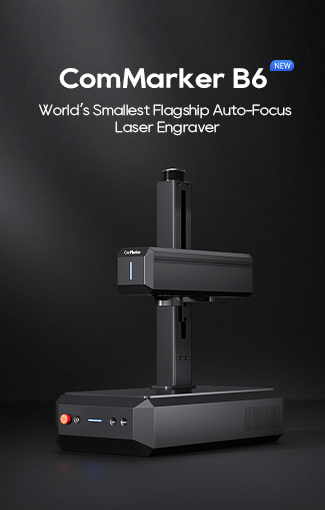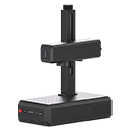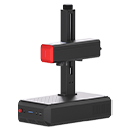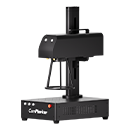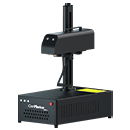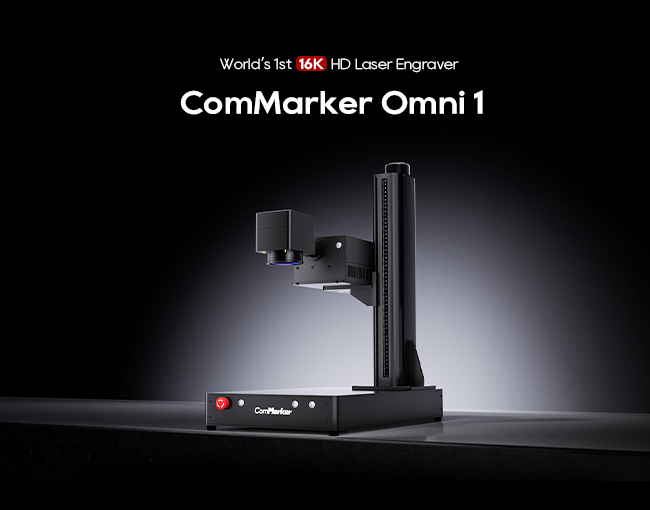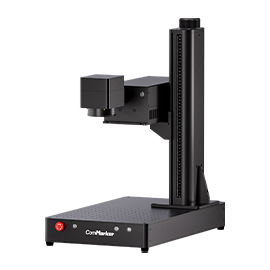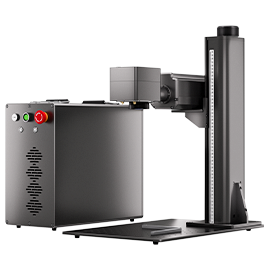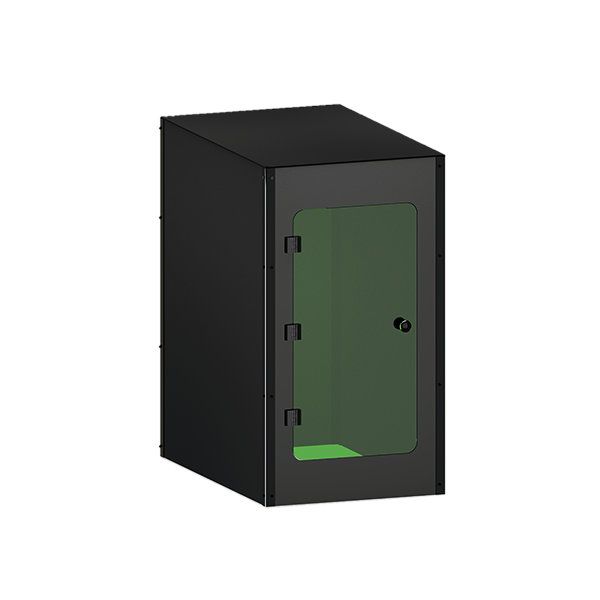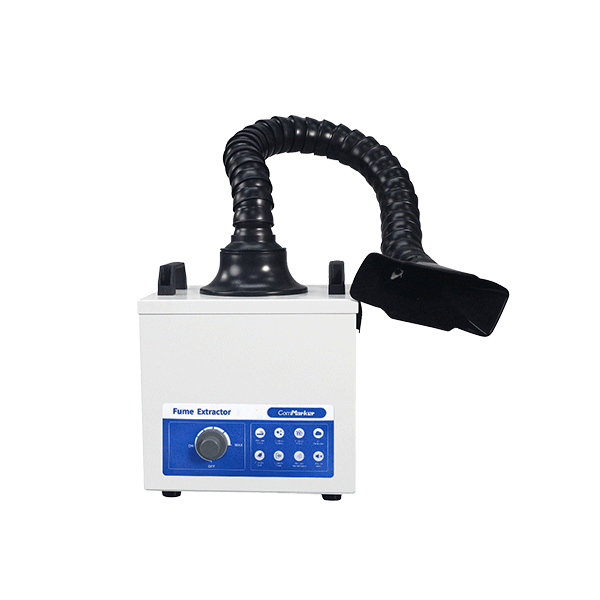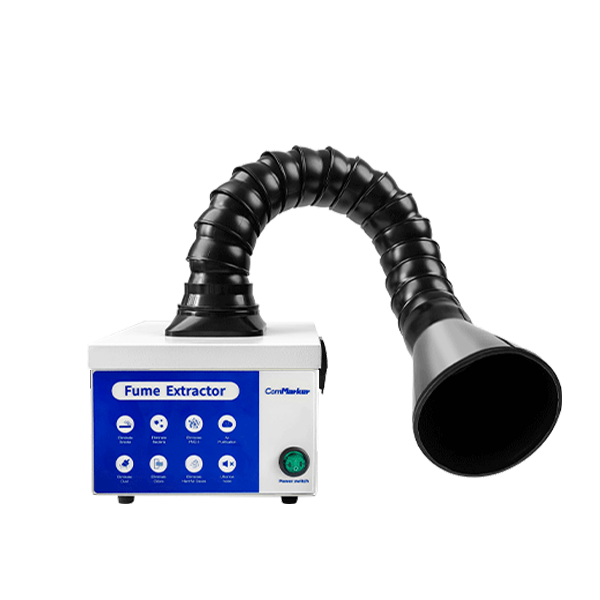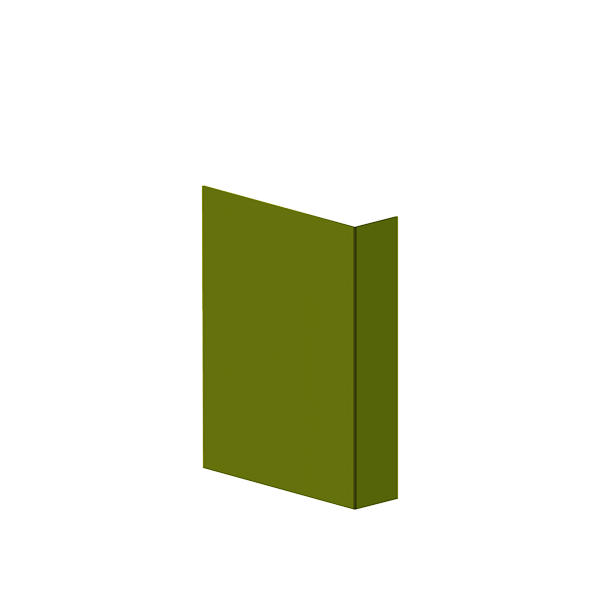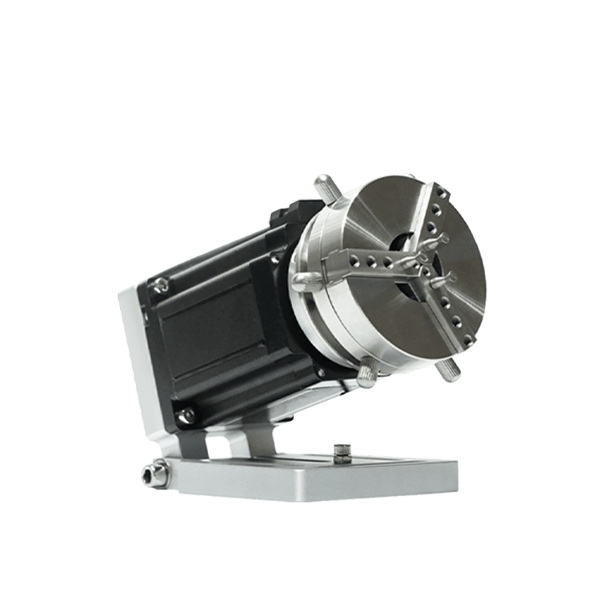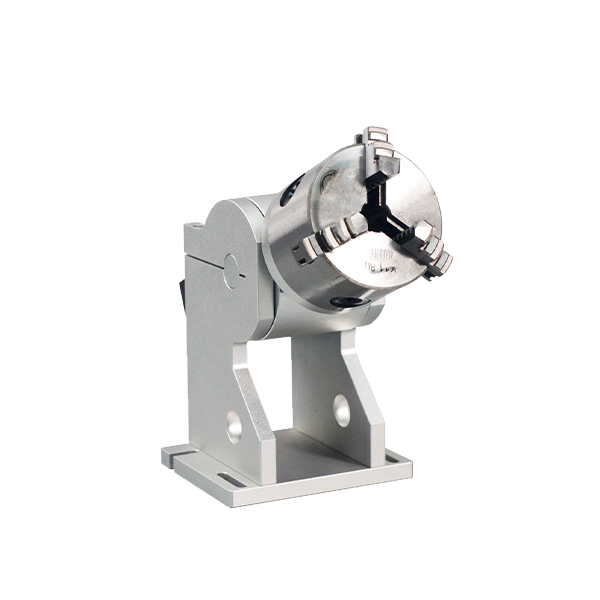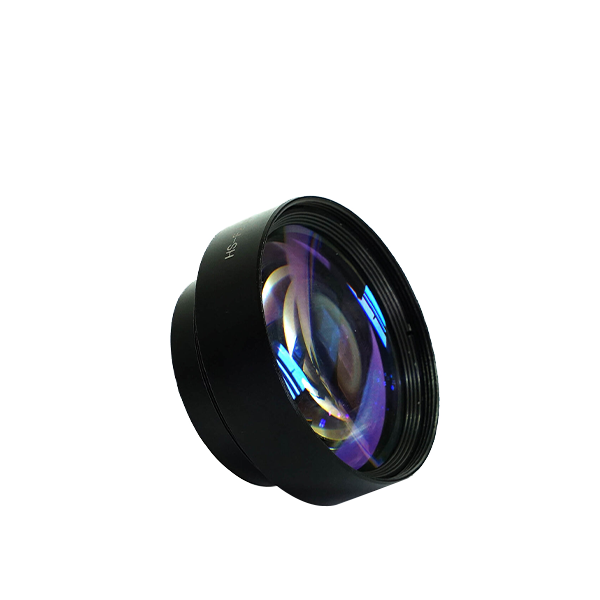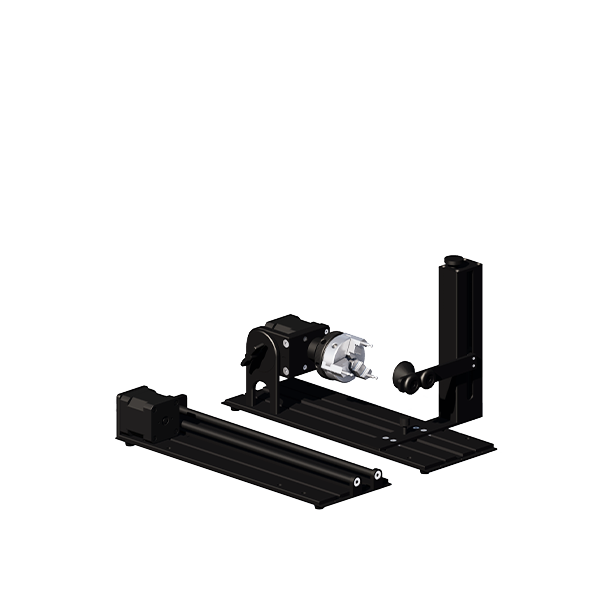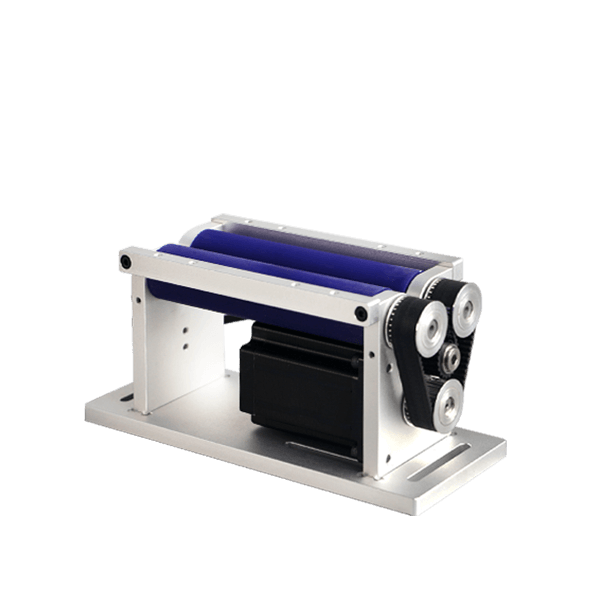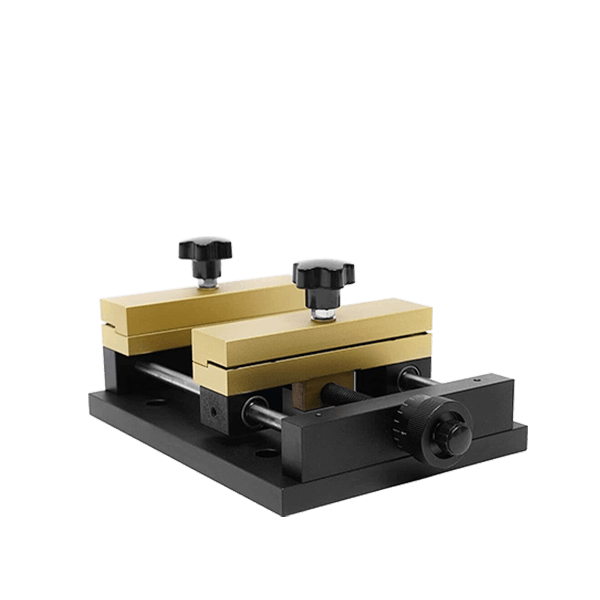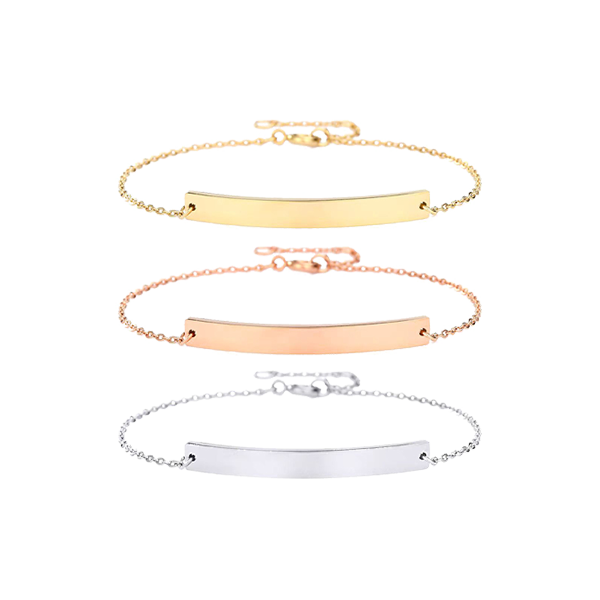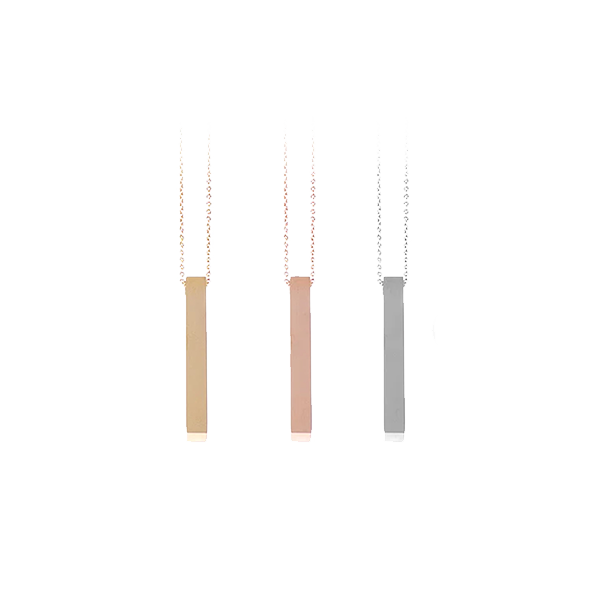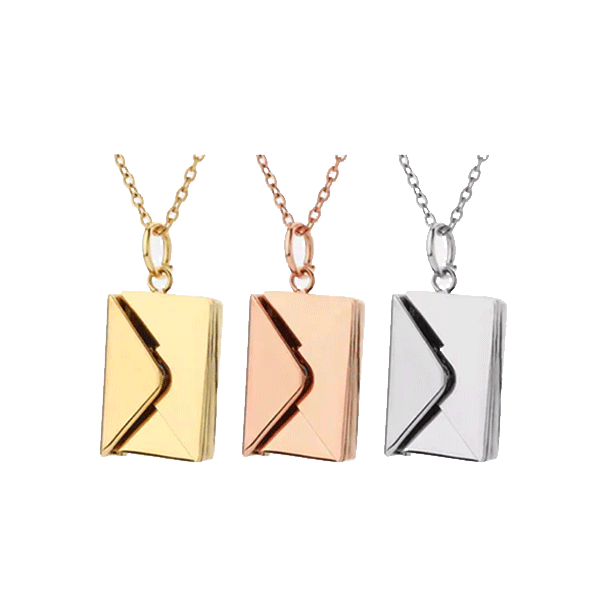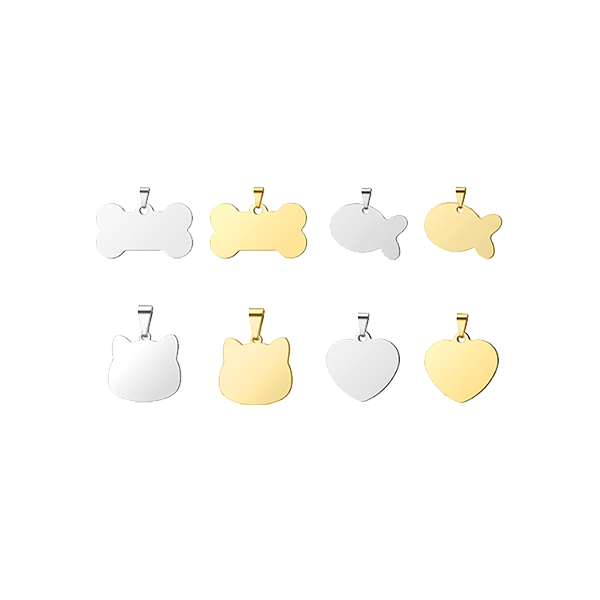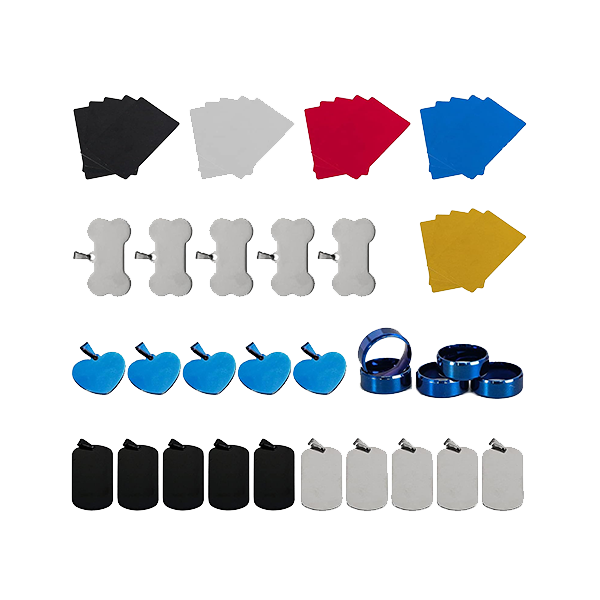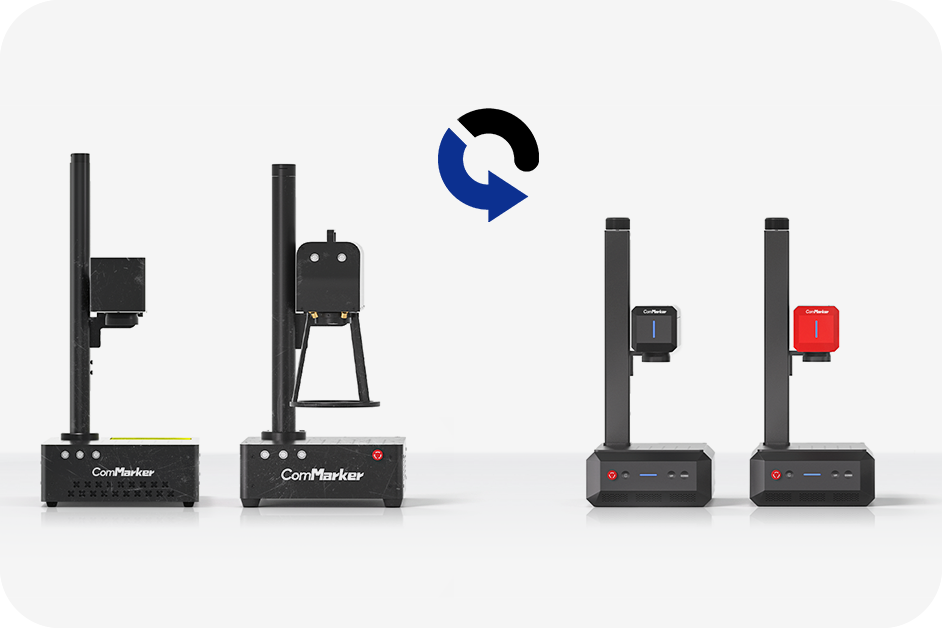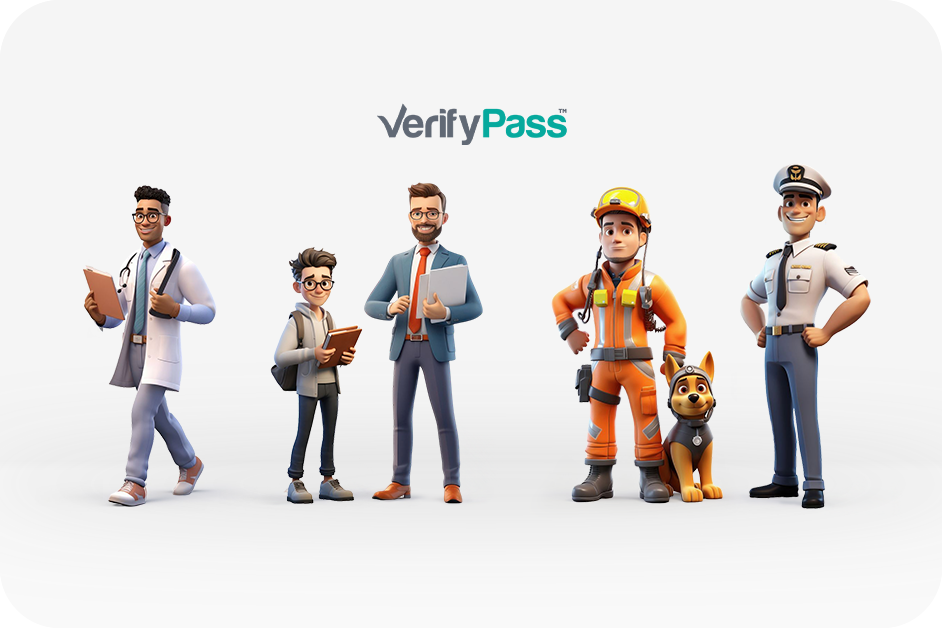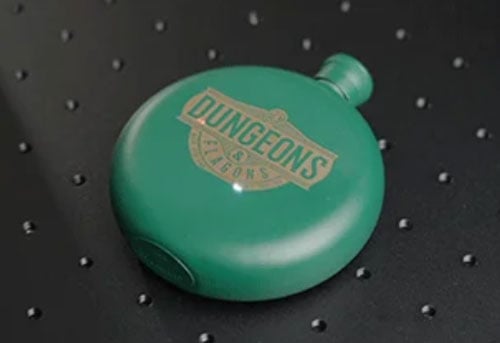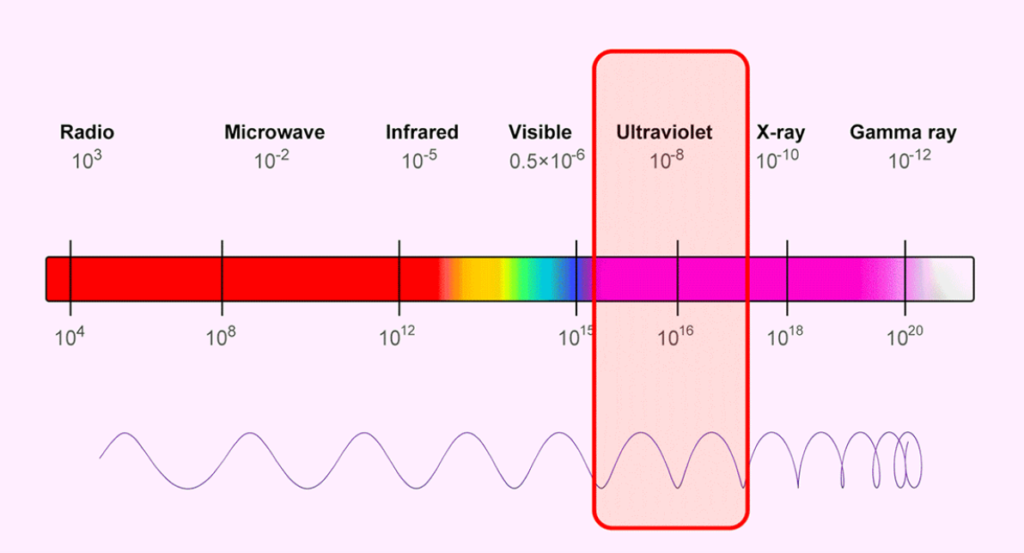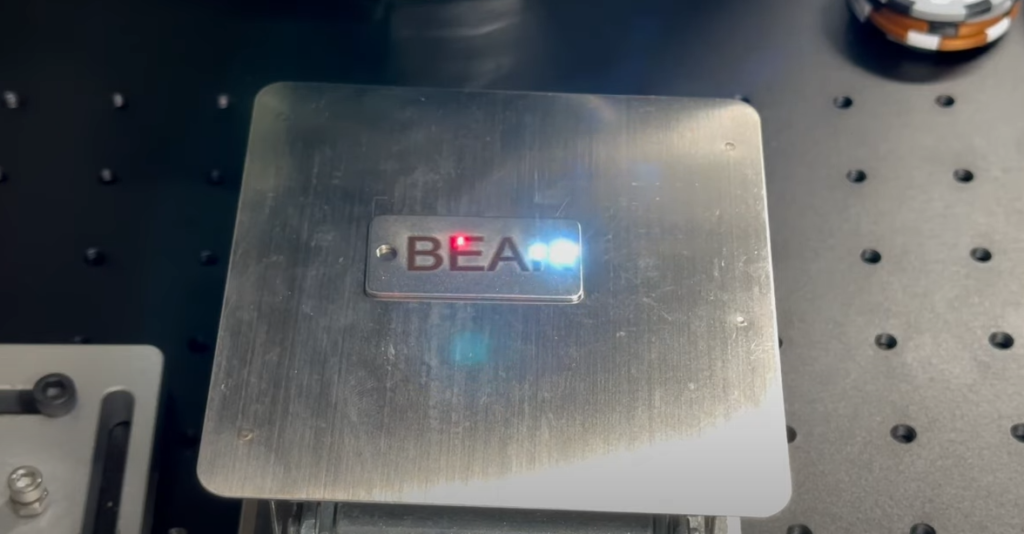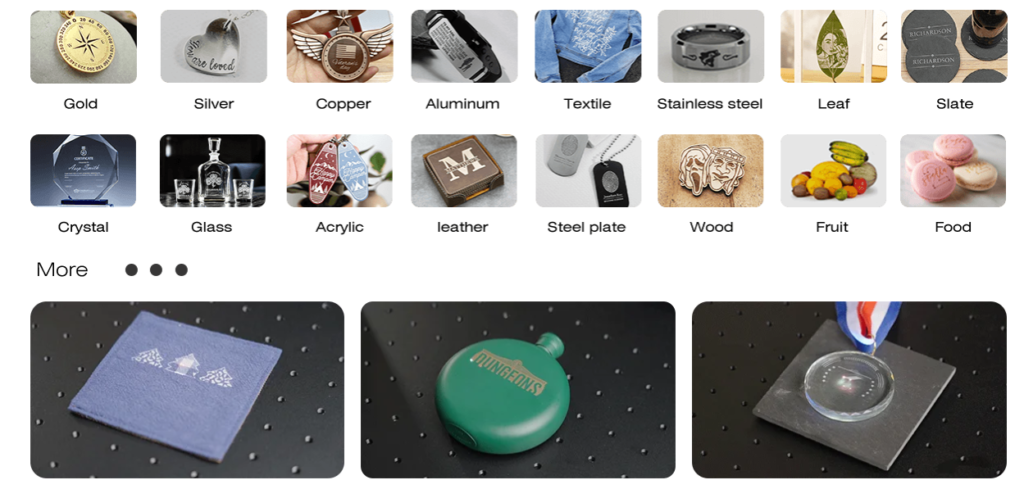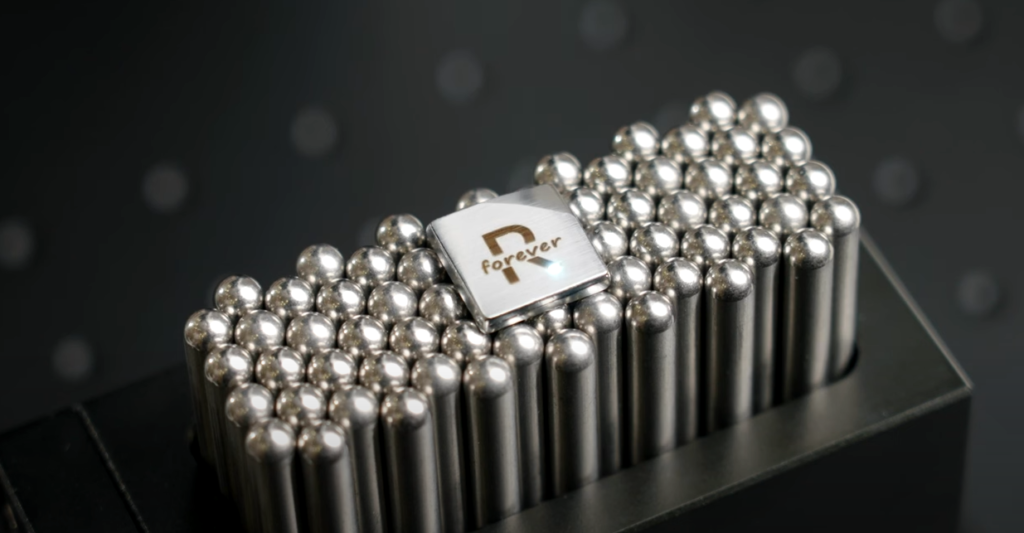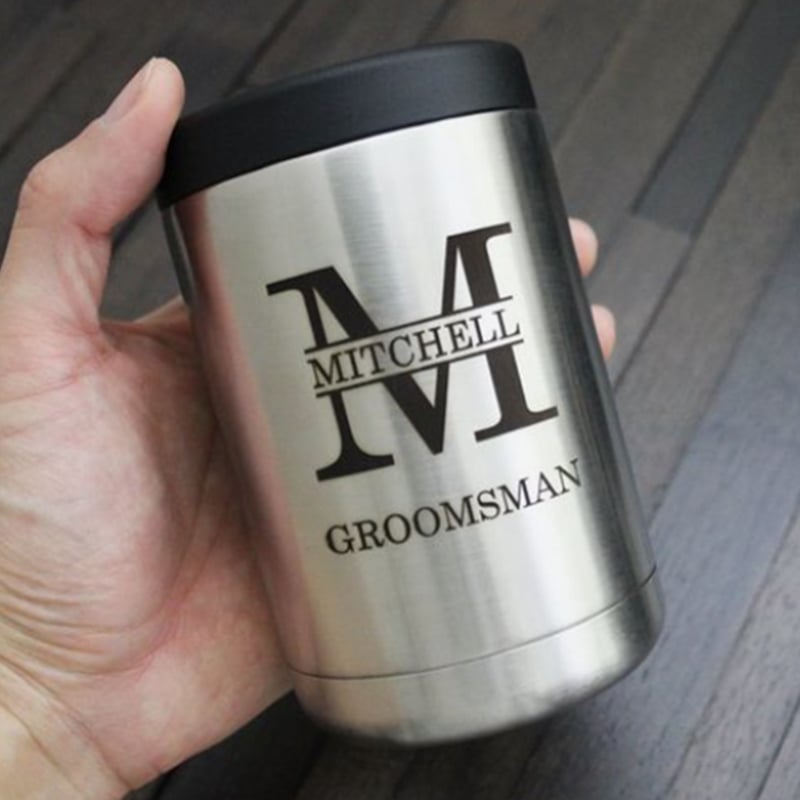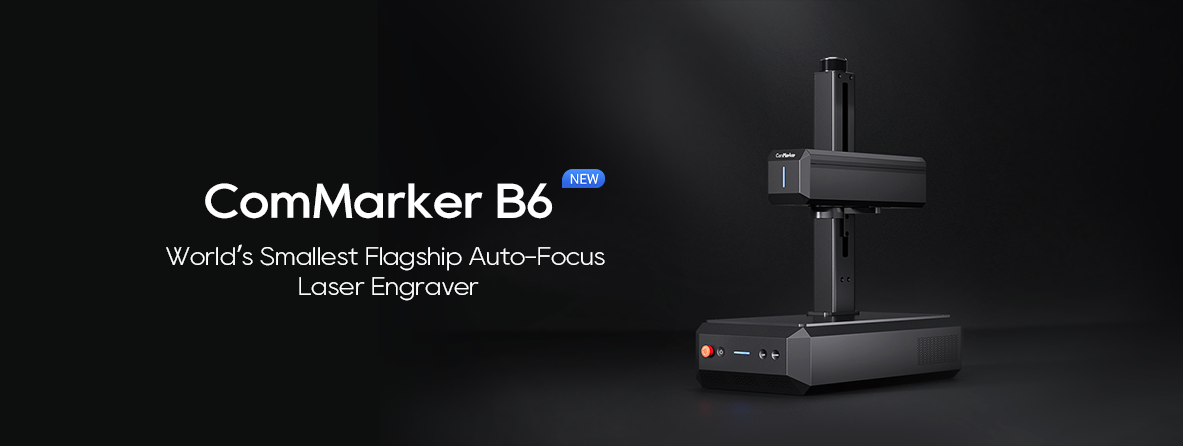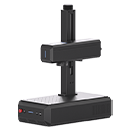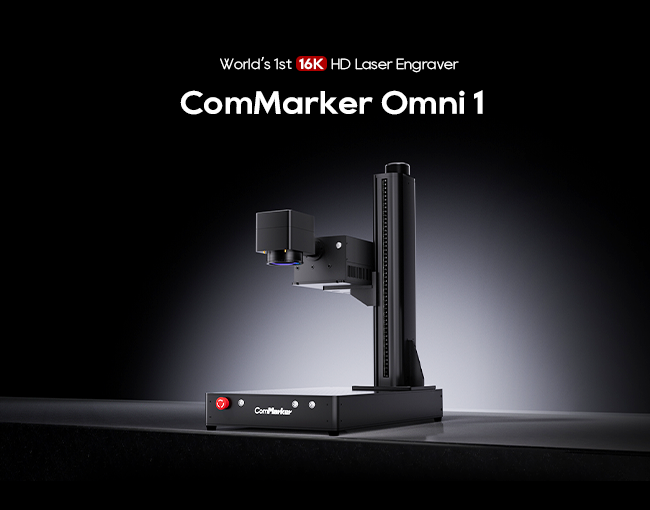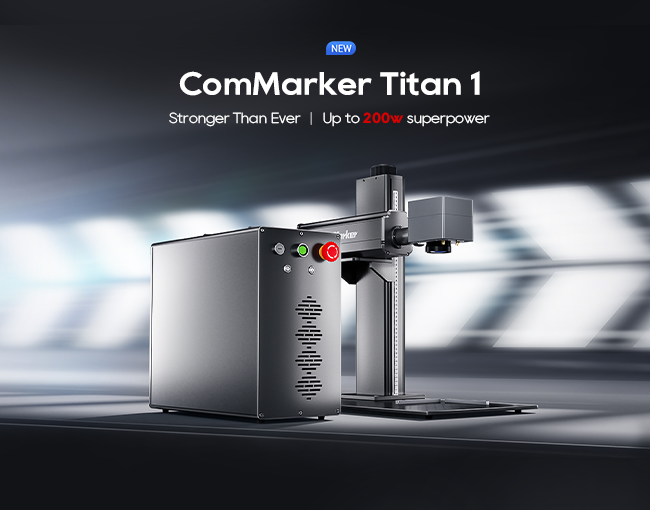激光雕刻已成为对各种材料进行标记和个性化的流行方法, 从木头到玻璃, 以及金属到塑料. 最近几年, 紫外激光器 由于高精度而引起了重大关注, 能够在精致的表面上工作, 和多功能性. 然而, 激光雕刻专业人员中出现了一个常见的问题: 可以 紫外线激光雕刻金属?
在这份综合指南中, 我们将探索紫外线激光器的功能, 特别是在雕刻金属方面. 我们将深入研究科学 紫外激光技术, 紫外线和其他激光类型之间的差异, 以及何时以及如何使用紫外线激光器雕刻金属. 到本文结尾, 您将清楚地了解使用 金属雕刻的紫外线激光, 帮助您做出明智的决定,要将这项技术纳入您的工作流程.
1. 了解紫外线激光技术
什么是紫外线激光器?
A 紫外激光 (紫外线激光) 是一种在紫外光谱中发出光的激光器, 具体之间 100 纳米和 400 纳米. 紫外线激光通常用于需要处理热敏材料的高精度应用, 因为它们产生的热量比其他激光类型要少得多, 例如二氧化碳激光器或纤维激光器.
与可见光相比,紫外线的波长要短得多, 允许更细节和更高的精度. 这使紫外线激光器非常适合雕刻和标记小, 复杂的设计. 它们通常用于表面质量至关重要的应用, 例如在医疗设备中, 电子产品, 和某些类型的珠宝.
紫外线激光器如何工作?
紫外线激光器与其他激光类型相同的基本原理运行. 激光束聚焦在材料的表面上, 引起热反应,以去除材料或标记表面. 如果是紫外线激光器, 灯光高度集中,可以产生极高的细纹,而不会影响下面的材料过多. 这使得 紫外线激光器非常适合雕刻 或以最小损坏标记敏感材料.
与二氧化碳或纤维激光器不同, 紫外线激光器不会引起大量的热量积聚. 这降低了翘曲或更改刻有材料的风险, 与薄金属合作时,这特别有益.
2. 紫外线激光vs. 其他激光类型
紫外线激光vs. 二氧化碳激光器
之间最重要的区别之一 紫外激光器 和 二氧化碳激光器 位于激光的波长中. 二氧化碳激光发射红外光, 波长较长 (大约 10.6 微米). 这使二氧化碳激光器可以切割和雕刻较厚的材料,例如木材, 丙烯酸纤维, 和某些深度更深的金属.
相比之下, 紫外激光器的工作波长要短得多, 通常围绕 355 纳米. 这种短波长使紫外线激光器可以实现更好的分辨率, 使其非常适合在精致的表面上雕刻详细的设计, 例如 玻璃, 陶瓷, 和 金属. 然而, 紫外线激光通常在切割厚的金属方面效果较差, 因为它们产生的能量不如二氧化碳或纤维激光器的能量.
紫外线激光vs. 光纤激光器
纤维激光器是金属雕刻的另一个流行选择. 他们使用具有大约波长的固态激光器 1,064 纳米, 这对于切割和雕刻金属更有效, 包括不锈钢, 铝, 和钛. 光纤激光器 产生更高的功率密度, 使其非常适合更深层雕刻更艰难的材料, 包括金属.
尽管 光纤激光器 更适合雕刻更深或更健壮的金属, 紫外激光器 更适合详细的表面标记,并且不太可能引起热量失真, 使它们成为理想的选择 金属上的精美雕刻 顺利, 抛光处理.
3. 紫外激光可以雕刻金属吗?
现在, 让我们解决一个核心问题: 可以 紫外线激光雕刻金属?
简短的答案是: 是的, 紫外线可以雕刻金属, 但是有特定的条件和局限性. 而紫外线激光器可以有效地标记和雕刻 某些类型的金属, 与其他激光类型(如纤维激光器)相比,它们有局限性, 特别是在切割或深入金属表面时.
紫外线激光雕刻金属如何
当金属上使用紫外线激光器时, 它创建一个 高能光子束 与金属表面相互作用, 使它燃烧, 蒸发, 或氧化. 这个过程不会深入渗透金属,而是以高度详细和精确的方式标记表面. 紫外线激光非常适合需要的应用 精美的雕刻, 例如:
- 金属铭牌
- 金属零件上的徽标或序列号
- 珠宝雕刻 (特别是在黄金上, 银, 和其他贵金属)
- 医疗或工业设备 这需要精确的序列号雕刻, 条形码, 或其他标识符.
紫外线也是理想的选择 涂层金属, 因为它们可以卸下涂层而不会损坏基础金属. 这使它们对 标记阳极氧化铝, 彩绘金属, 或者 激光清洗 金属的特定区域.
可以用紫外线激光雕刻哪些金属?
紫外线激光器可用于雕刻各种金属, 但是有些金属比其他金属更适合紫外线雕刻. 这是通常用紫外线激光刻的金属列表:
- 金子: 紫外线激光工作 在黄金上好, 允许 高精度版画 不会造成热损伤.
- 银: 类似于黄金, 银可以用紫外线雕刻而刻有银色激光器, 在不变色的情况下产生细节.
- 铝: 紫外线激光器可以有效地标记氧化铝, 通常用于铭牌, 标签, 和工业应用.
- 不锈钢: 紫外线激光器可以在不锈钢上创建详细的表面标记, 但通常, 光纤激光器 更常用于切割和更深的雕刻.
- 钛: 紫外线激光器可以标记钛表面, 但是对钛的深雕刻可能需要更高的功率激光器,例如纤维激光器.
- 铜: 紫外线激光器可以在铜上创建复杂的设计,但由于铜的高反射率而导致更深的雕刻或切割可能会遇到困难.
4. 将紫外线激光器用于金属雕刻的优点
1. 高精准度
紫外线激光器是雕刻细节的理想选择, 比如标志, 条形码, 或金属上错综复杂的图案. 他们的 短波长 允许他们生产 非常详细 和 尖锐的设计, 这对于珠宝等行业至关重要, 电子产品, 和医疗设备标记.
2. 最小的热影响区
紫外线是 冷激光器, 这意味着它们的热量不如二氧化碳或纤维激光器. 这降低了 热失真 在金属表面上,允许精细的表面雕刻而不会引起翘曲或变色, 这对于 精致的金属 或者 薄金属板.
3. 最小的表面损伤
由于紫外线激光器主要在材料表面上工作, 有 最小的深度割伤风险. 这对于目标是保持金属完整性的同时仍能创建清晰可读的标记的应用程序是有益的.
4. 干净精确的标记
紫外线激光提供精确干净 标记 在金属上, 确保设计清晰, 锋利的, 和美学上令人愉悦, 需要最少的后处理.
5. 金属雕刻紫外线激光器的局限性
1. 有限的雕刻深度
紫外线通常是 不适合深雕刻 在金属上, 特别是对于较厚的金属. 用于更深的雕刻, 光纤激光器 由于它们的能量密度较高,因此更合适, 它更有能力深入到金属表面.
2. 切割金属不是理想的选择
而紫外线激光器可以雕刻在金属表面, 它们不是理想的 切割 通过金属. 为了 金属切削, 纤维激光器或二氧化碳激光器更有效,因为它们能够提供更多的力量和专注于切割而不是雕刻.
3. 材料限制
并非所有金属都适合 紫外激光雕刻. 高度 反射金属 像黄铜和铜一样,可能会在雕刻中引起挑战,因为它们反射激光而不是吸收它, 使雕刻过程更加困难.
6. 如何优化金属上的紫外线雕刻
1. 调整焦点
确保激光适当地专注于金属表面以达到最佳效果. 专注的光束可以更清晰,更精确.
2. 控制功率和速度
用紫外线雕刻金属时, 重要的是根据金属类型和雕刻设计调整功率和速度设置. 用于精致或薄金属, 较低的功率和较慢的速度是理想的, 虽然较厚的金属可能需要更高的电源设置.
3. 使用空气辅助
使用一个 空气辅助 有助于减少热量积聚并确保清洁, 在雕刻过程中吹走碎屑和颗粒来尖锐的雕刻. 这对 金属雕刻, 激光可以产生可能阻碍雕刻区域的小颗粒.
4. 测试设置
在开始实际雕刻之前, 始终测试金属的废料片以微调功率, 速度, 和焦点设置. 这样可以确保雕刻过程顺利进行,并有助于避免错误.
紫外激光可以雕刻金属吗?
是的, 紫外线可以雕刻金属, 但是它们最适合 表面标记 和 细节雕刻 而不是深切或大量生产. 这 ComMarker Omni 1 具有5W紫外线激光非常适合雕刻小, 各种金属的详细设计, 包括 金子, 银, 铝, 和不锈钢. 虽然紫外线激光器无法切割金属或雕刻, 他们在交付方面表现出色 高精度表面标记 最小的热失真.
对于需要深切割或更强大应用的金属雕刻, 光纤激光器 可能是更好的选择. 了解紫外线激光器的优势和局限.
是否正在雕刻 个性化物品 为了 珠宝 或者 定制工业零件, 像紫外线一样 ComMarker Omni 1 可以提供产生惊人结果所需的精度和细节.




